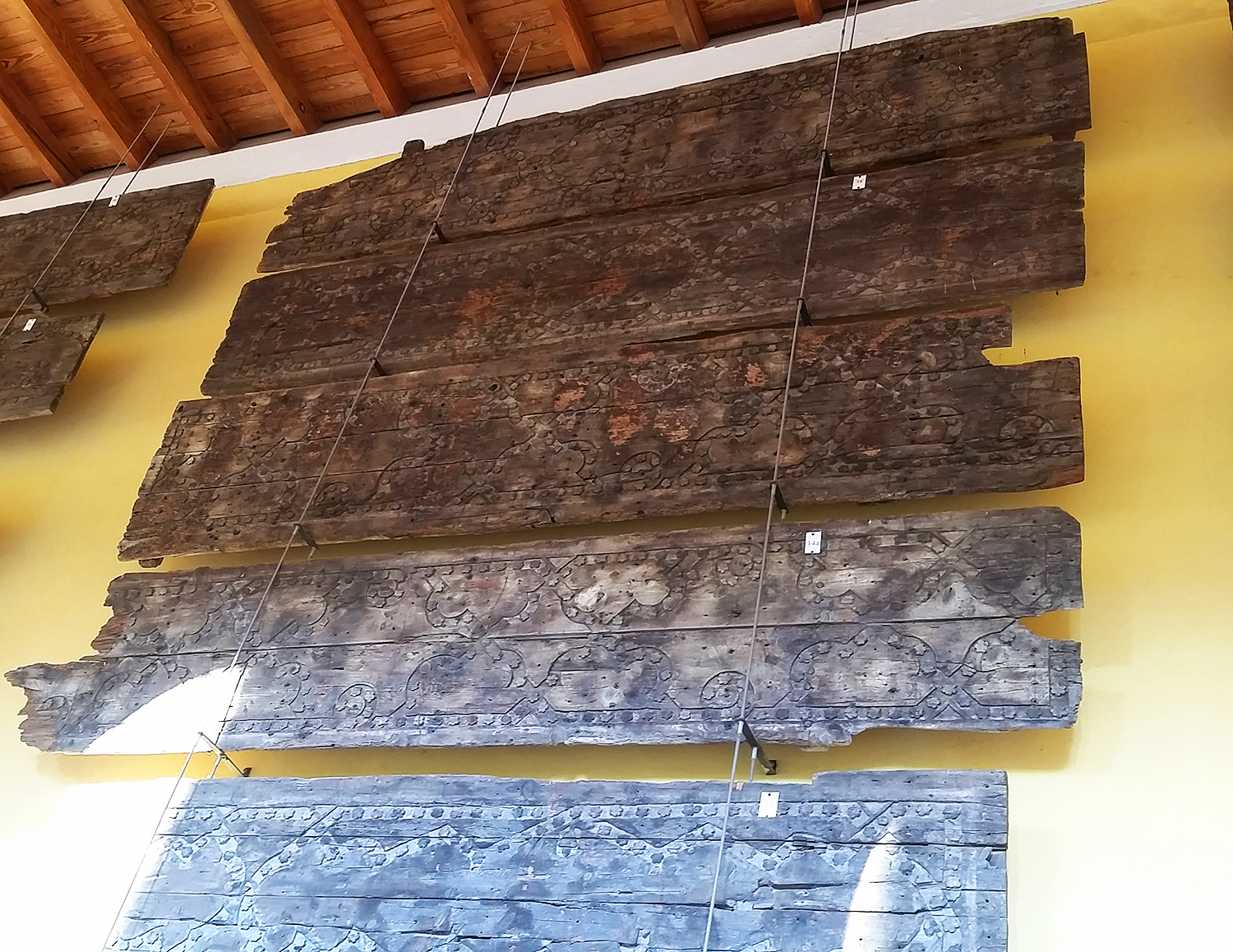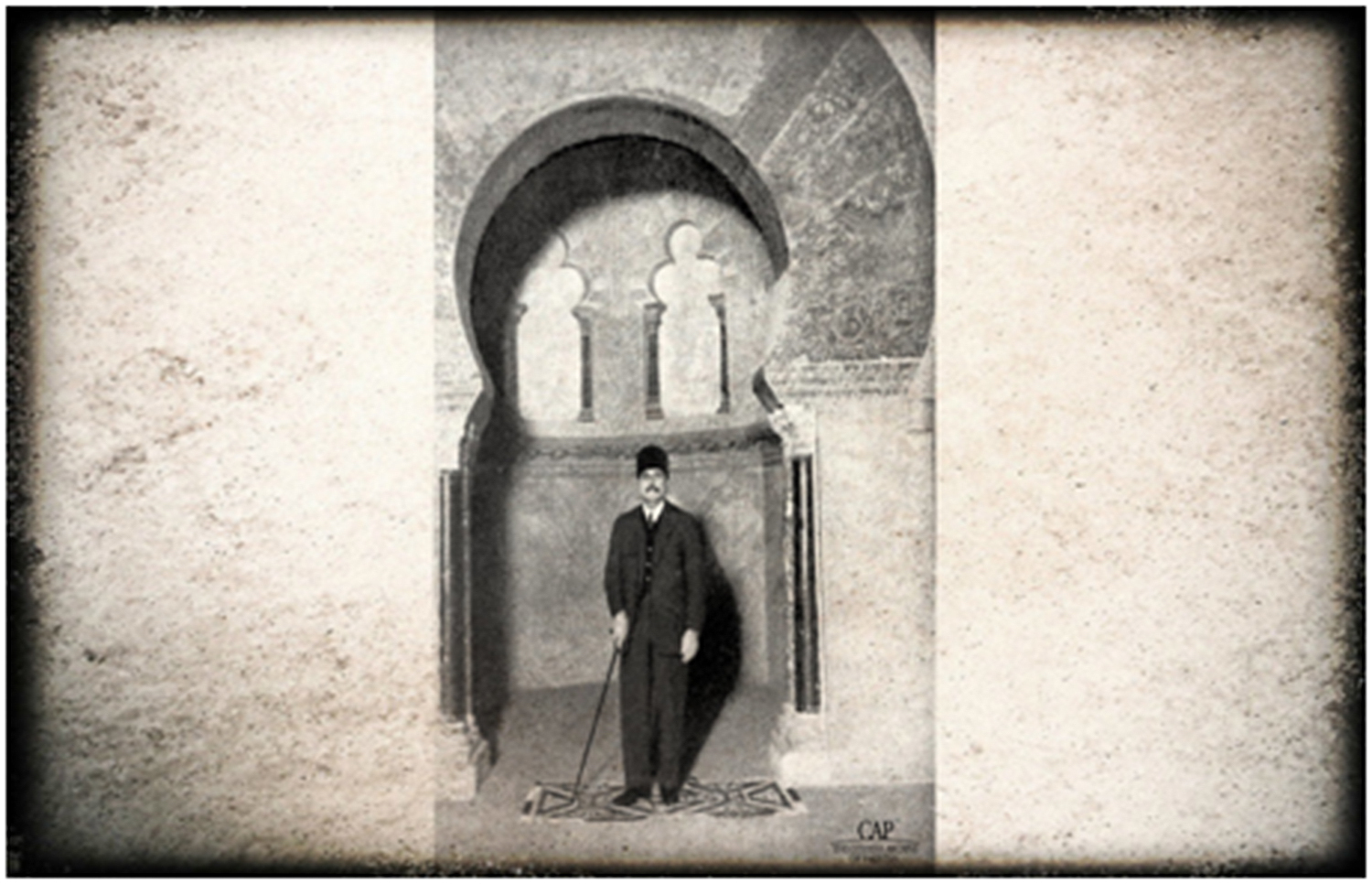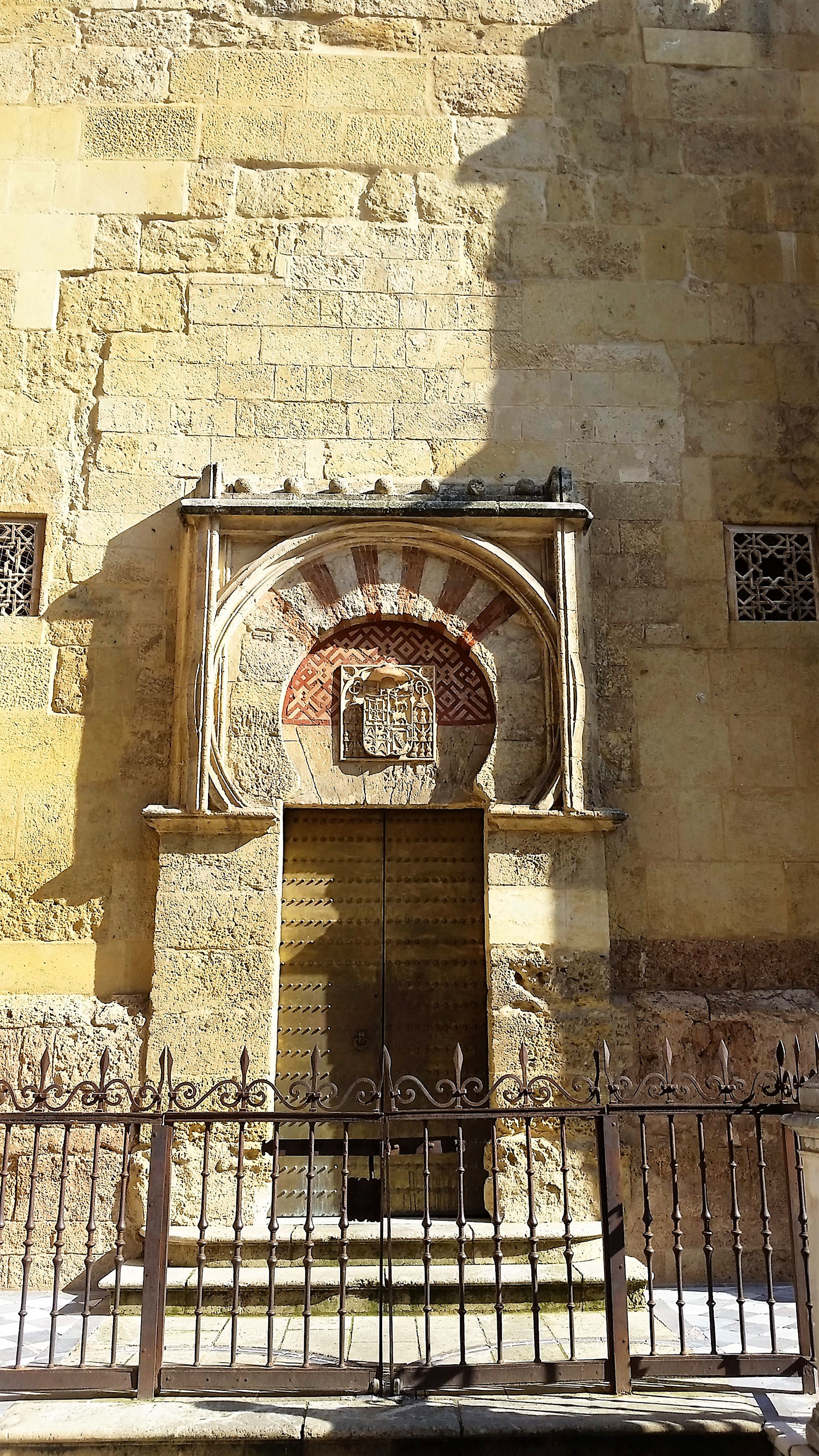By: USMAN HAYAT
This is how Allama Muhammad Iqbal described the mosque of Cordoba in his famous poem Masjid-e-Qartaba; written in 1933, about five years before the poet’s death.A note under the title of the poem says it was written in Spain, particularly in Cordoba. Having read it during my school years, I had long wished to visit the mosque that had inspired Iqbal.
My wish finally came true as an opportunity to visit Spain came my way in February 2016. As I drove the 400 kilometres from Madrid to Cordoba to see the mosque, the verses of Masjid-e-Qartaba kept playing in my mind and I wondered what the mosque would look like now.
An artistic achievement
The mosque was commissioned by Abd Rahman I around 785, more than 1100 years before Iqbal visited it. It then continued to be developed for many years since.
It was a very different era with Europe in the dark ages, and the Muslim civilisation flourishing. According to the World Heritage Centre, the mosque “represents a unique artistic achievement due to its size and the sheer boldness of the height of its ceilings. It is an irreplaceable testimony of the Caliphate of Cordoba and it is the most emblematic monument of Islamic religious architecture.”
It goes on to say that it was “a very unusual type of mosque that bears witness to the presence of Islam in the West.”
Other accounts of the mosque are similar in praising its beauty and its famous pillars, arches, and dome. As Iqbal said:
After the fall of Muslims in Spain, the mosque was converted into a cathedral in around 1246 and a giant nave was built on it. The cathedral, however, does not elicit the same praise from its observers.
Iqbal, who visited the mosque long after it had been converted to a cathedral, was fortunate that he was allowed to offer his prayers in the mosque because, to my surprise, I found that the Spanish authorities strictly prohibit it now.
What the mosque meant to Iqbal
The more I read about the mosque, the more information I found on its architecture and history — so much information in fact that I felt I was losing sight of what the mosque meant to Iqbal.
I knew that architectural achievement alone meant little to Iqbal. After all, there was Taj Mahal in India, which, despite being a fascination for many poets, failed to get his attention.
Why then was his work based on the dilapidating structure of a far away mosque in Spain that looks more like a cathedral?
The question kept nagging me after I had returned from Spain. To get a definite answer, I went to meet a well-known authority on Iqbal, Professor Fateh Mohammad Malik.
Professor Malik explained that Arab Muslims reached India and Spain at about the same time around 711. Back in 1933, Iqbal was grappling with the fundamental question of whether Muslims in the Indian subcontinent would meet the same fate of complete obliteration like the Muslims in Spain.
It was a time when Europe was gravitating towards the Second World War and the Indian subcontinent was striving for an end to the British colonial rule.
Iqbal had already proposed the idea of a Muslim State in India in 1930. The poem is expressing Iqbal’s desire for a renaissance among Muslims by putting Islamic moral values into practice, and this is also the central theme of Iqbal’s poetry.
In the remains of the mosque, Iqbal saw traces of Ishq of those who built it. The poem starts on a sad note but the introduction of Ishq changes its mood from sadness to optimism.
It is this Ishq, the burning desire to do one’s utmost to live the moral teachings of Islam, not just a building, not a caliphate, that inspired Iqbal, said Professor Malik.
Appreciating Masjid-e-Qartaba
Masjid-e-Qartaba is considered to be one of the finest works of Iqbal. Indeed, just as the mosque is a work of Ishq, so is this poem.
There is, however, one challenge faced by this work today. It is an exceptionally high standard of written Urdu, hence difficult to understand.
Fortunately, there are some performances by various artists, from a recitationto musical renditions, including the one by Tina Sani and another by acollection of artists.
I hope for the day when Pakistani artists will recompose Masjid-e-Qartaba for today’s Pakistan to understand and appreciate it.
For now, I leave you with my personal favorite performance by Tahira Syed and her late mother, Malika Pukhraj:
Courtesy: Dawn










1 Comment